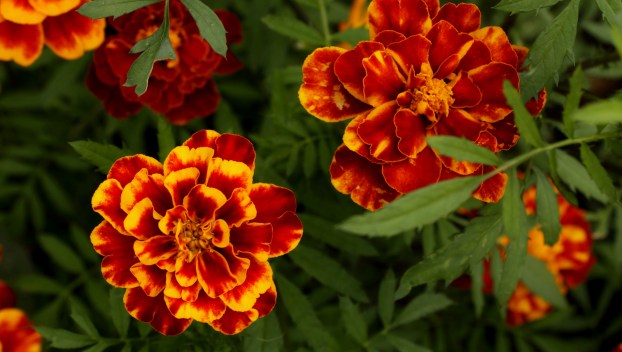
Lifestyles
NO-FUSS FLOWER: Sunny marigolds are a gardener’s favorite
We didn’t have a lot of room for annual flowers in the small garden bed of my childhood ... Read more

We didn’t have a lot of room for annual flowers in the small garden bed of my childhood ... Read more